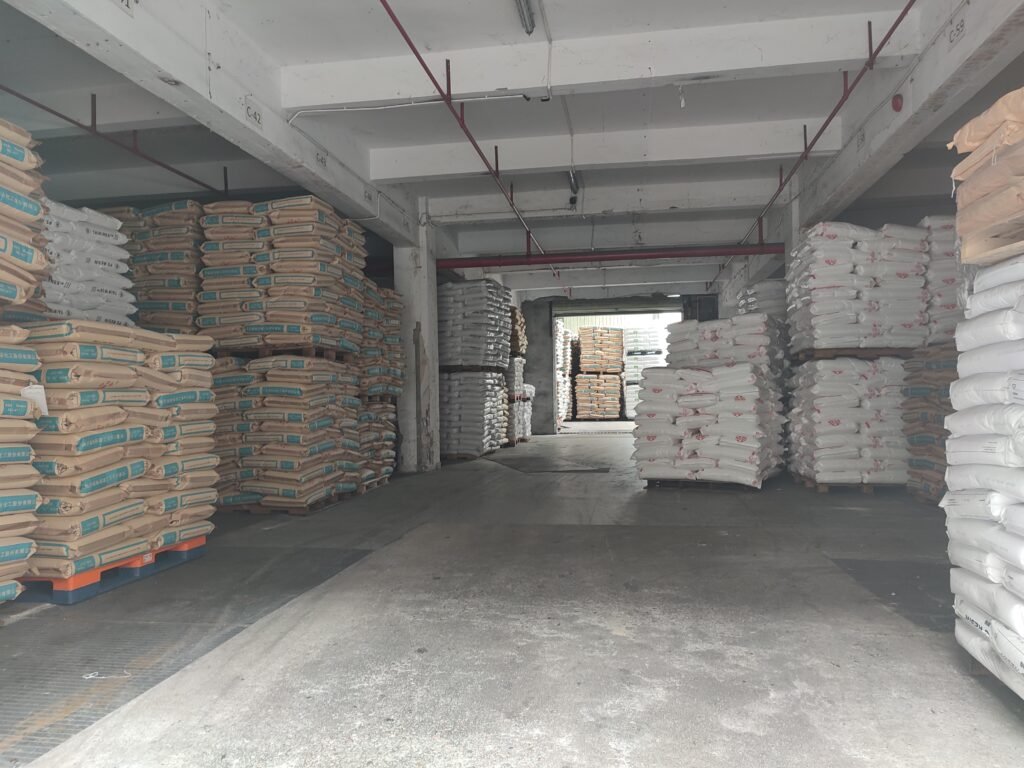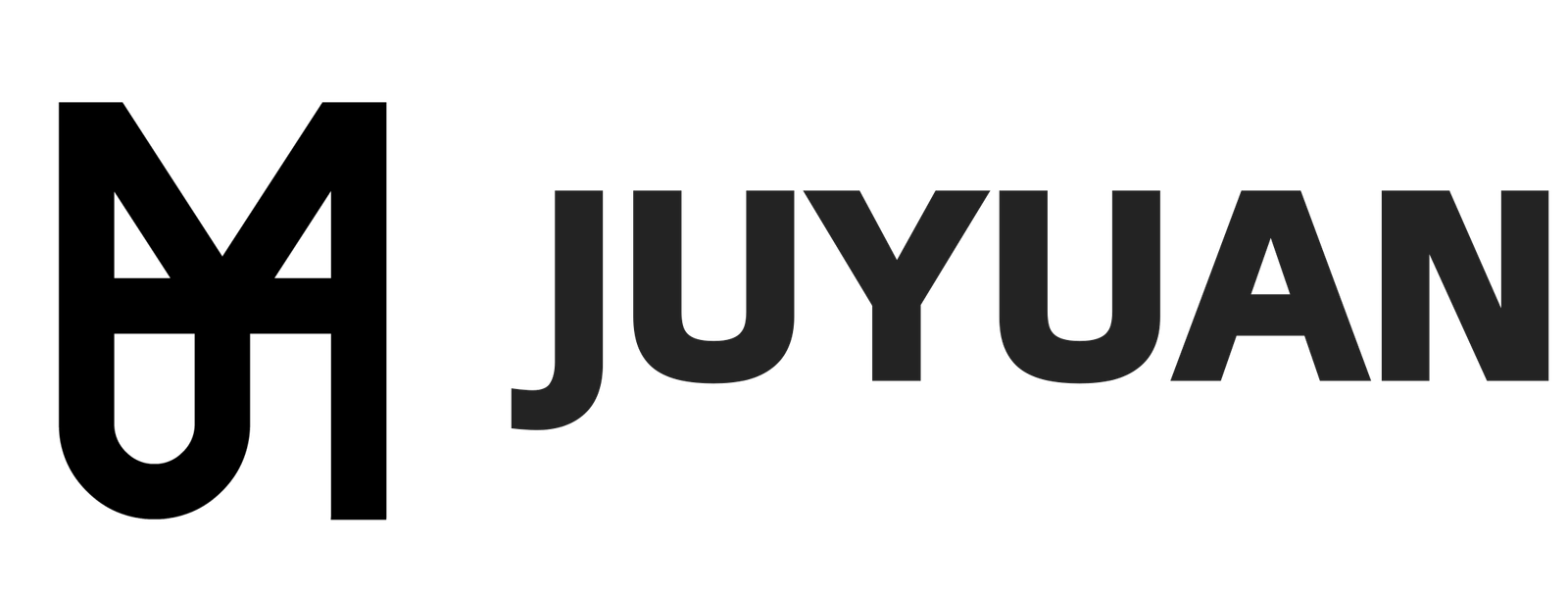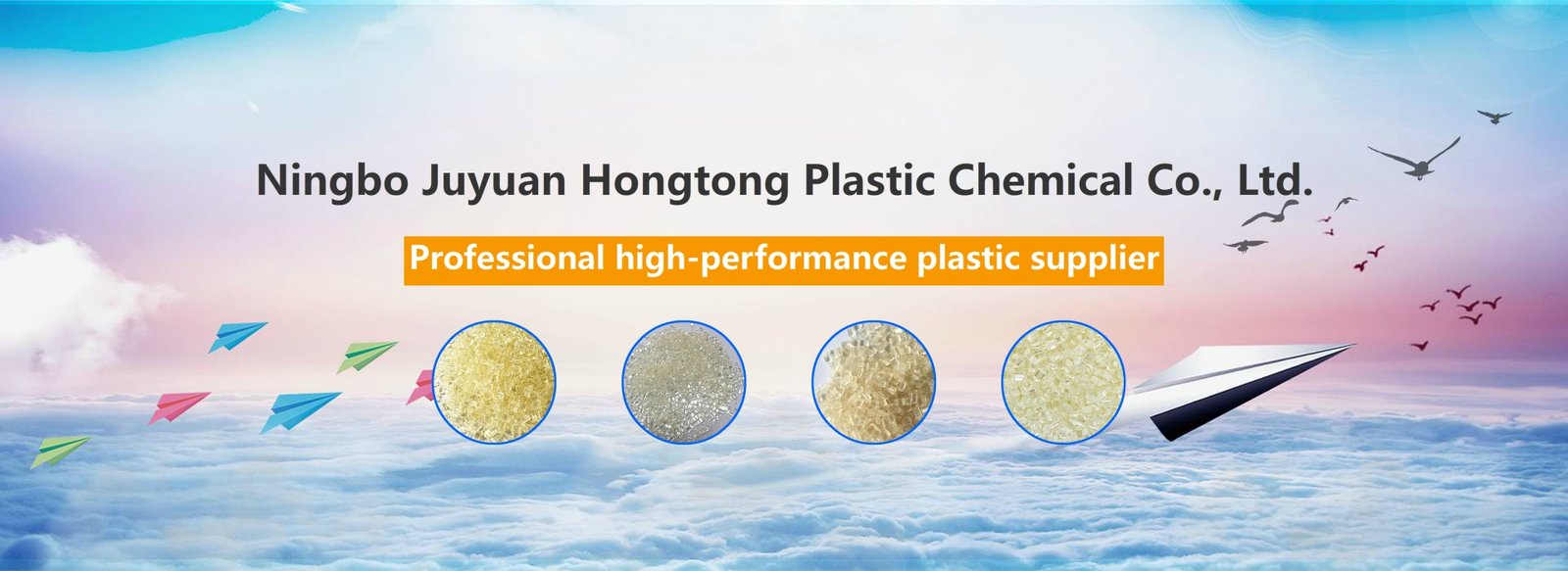01 | EVA Sole Material Industry Positioning
In global footwear manufacturing, EVA (ethylene-vinyl acetate copolymer) dominates the midsoles of athletic and casual shoes. In shoe-making and exporting countries like China, Vietnam, and Indonesia, EVA soles hold a dominant market share of over 60%.
However, the performance of EVA soles is closely related to the raw material formula, expansion ratio, and degree of cross-linking. Performance differences between different EVA grades can reach over 30%.

EVA Sole Is Material Good or Bad
02 | Technical Parameters of EVA Particles Determine Sole Performance
| คุณสมบัติ | Recommended Range (Sports Shoes) | Performance Impact |
| VA Content (%) | 18–28 | Elasticity and softness; higher VA improves comfort but reduces abrasion resistance |
| Melt Flow Index (MFI) (g/10 min) | 1.5–3.0 | Determines processability and foam uniformity |
| Density (g/cm³) | 0.93–0.95 (raw pellets) | Affects post-foaming weight and structural stability |
| Tensile Strength (MPa) | ≥ 8 | Ensures durability and resistance to deformation |
| Tear Strength (kN/m) | ≥ 30 | Prevents tearing in high-stress areas of the sole |
03 | Advantages and Disadvantages of EVA Soles—From a Process Perspective
Advantages:
・Lightweight and Highly Resilient: Foamed EVA has a density as low as 0.20 g/cm³, reducing weight by 30–40% compared to rubber soles.
・Cushioning and Shock Absorption: Suitable for athletic footwear such as running and basketball shoes.
・Color Customization: Adapts to individual brand needs.
・Waterproof and Antibacterial: Suitable for outdoor and humid environments.
Disadvantages:
・Low-abrasion resistance compared to rubber: Requires an external rubber outsole or the addition of anti-wear agents.
・Limited high-temperature stability: May deform at temperatures above 70°C for extended periods.
・Compression set: Long-term compression will cause rebound loss.
04 | Processing Technology Matching and Precautions
Common Processes and Characteristics:
| กระบวนการ | Characteristics | Suitable Footwear | Raw Material Requirements |
| Injection Foam Molding | High molding precision, fast production efficiency | Mass-produced sports shoes, children's shoes | Medium to high VA content EVA |
| Compression Foam Molding | Uniform foaming, good cushioning | High-end running shoes, midsoles | High VA content EVA, low MFI |
| Sheet Extrusion + Stamping | Continuous sheet production | Sandals, slippers | Medium to low VA content EVA |
| Hot Press Molding | Low cost, highly adaptable | General casual footwear | General-purpose EVA |
05 | Cost and Supply Chain Factors
Raw Material Price Fluctuations: EVA pellet prices are significantly affected by crude oil and vinyl acetate monomer prices.
Imported vs. Domestic Comparison: Imported EVA (such as Lotte and Formosa Plastics in South Korea) offers advantages in odor control and foam uniformity, while domestic materials are more competitively priced.
Bulk Procurement Strategy: Large shoe manufacturers tend to sign long-term supply agreements to lock in costs, while small and medium-sized manufacturers can choose flexible procurement models.
06 | Procurement Recommendations
-Clearly define the target shoe model (sports/casual/protective) and then determine the VA content range.
-Request a Physical Data Sheet (TDS) and ask the supplier to provide foam samples.
-Pay attention to supply chain stability, especially during peak season production cycles.
-Consider formulation restrictions imposed by environmental regulations (such as EU REACH and RoHS).
07 | Market Trends
Lightweight and high rebound: E-TPU and supercritical foamed EVA are gradually becoming alternatives for high-end shoe soles.
Environmentally friendly foaming technologies: CO₂ foaming and recyclable EVA particles are beginning to be commercialized.
Functional composite materials: Multilayer structures of EVA, rubber, and PU improve wear resistance and anti-slip properties.
08 | Global Comparison of EVA Raw Materials from Different Origins
To meet the purchasing needs of international customers, we compare the characteristics of EVA particles from different production regions from a global perspective:
East Asia (such as South Korea, Taiwan, and Japan)
-EVA particles produced in East Asia excel in odor control, color stability, and foaming uniformity, meeting the stringent standards of high-end footwear and sports brands.
Southeast Asia (such as Thailand, Vietnam, and Malaysia)
-Offering advantages in cost control and bulk supply, they are suitable for the mid-range and mass-market footwear markets.
Middle East and North Africa
-Leveraging the advantages of petrochemical raw materials, EVA prices are stable, making it suitable for long-term, large-volume orders.
Americas
-Renowned for its stable supply chain and consistent product quality, we are ideal for customers requiring local North American supply.
09 | Our Supply Advantages
As a global plastic raw material trader, we offer:
・Direct supply of เม็ดพลาสติก EVA from multiple production areas: Covering sourcing locations across East Asia, Southeast Asia, the Middle East, and the Americas to meet diverse needs.
・Flexible supply models: Rapid response from prototypes to mass production.
・Technical support: Provides formulation recommendations, expansion ratio optimization, and production process guidance.
・Stable supply chain: Long-term port warehousing and international logistics partnerships ensure on-time delivery.
Whether you're pursuing high-end performance or focusing on cost control, we can find the most suitable EVA sole raw material solution for you.


